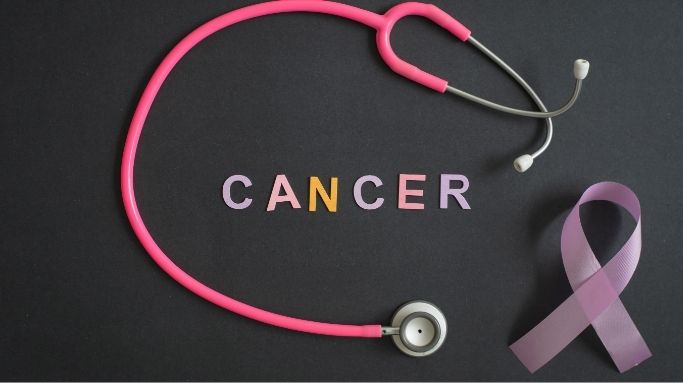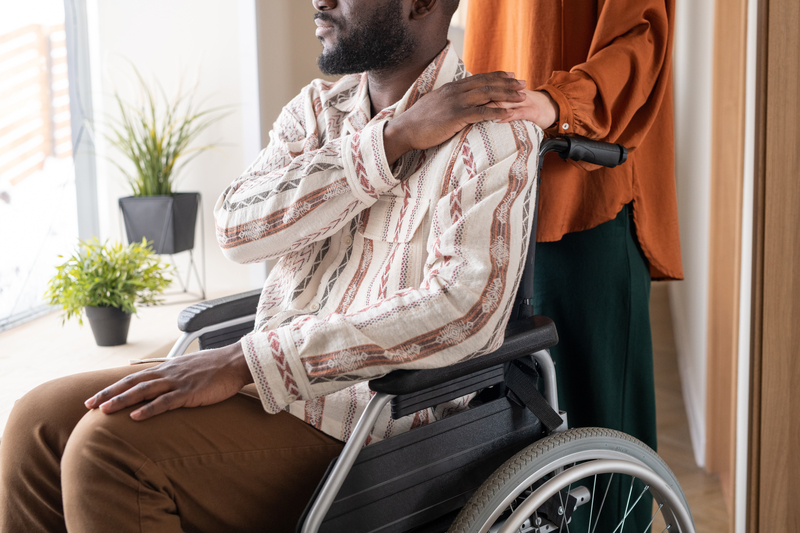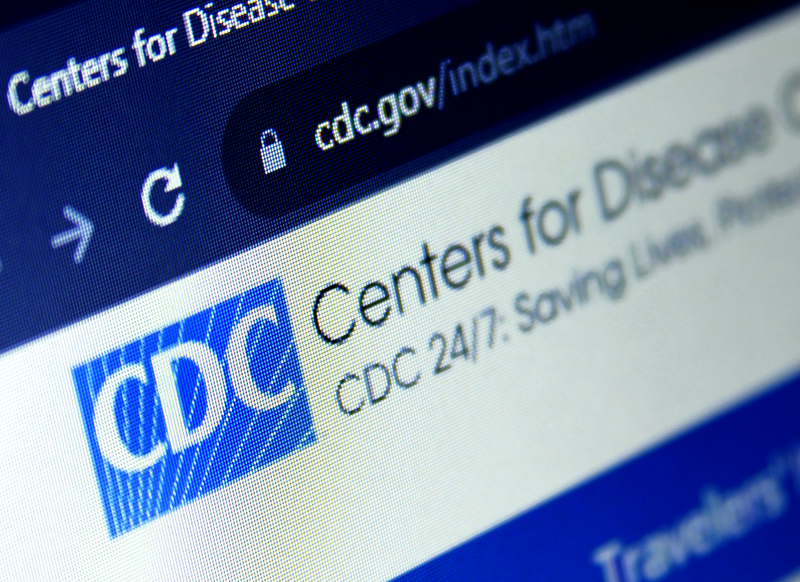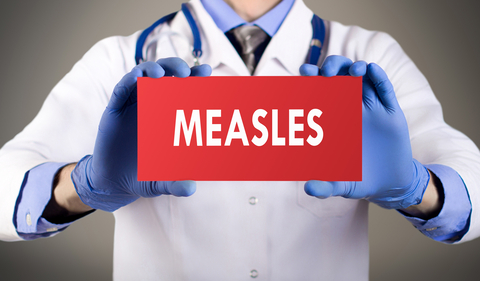Original Story
Staying Healthy During Holiday Gatherings as Winter Illnesses Rise
As families and friends across the United States prepare to gather for seasonal celebrations, public health officials are urging extra care to prev...
- Jessica Wilson
The Hidden Geography of Cancer: Why Minority Communities Face Higher Burdens and How We’re Changing the Equation
Cancer inequity is structural—and I learned that long before I ever heard someone’s story in a doctor’s office. If there is one lesson I’ve learned...
- Subash Kafle
Best Immune-Boosting Foods to Eat This Winter
Now you know every winter is the same story. The weather turns cold, folks start coughing, and before you know it, somebody in the house is reachin...
- Victor Mejia
The Ultimate Christmas Morning Breakfast for the Whole Family
Christmas morning moves differently. The house is quieter than usual, the air smells like coffee and something sweet on the stove, and nobody is in...
- Victor Mejia
CDC Changes Hepatitis B Vaccine Guidance as States Push Back
The Centers for Disease Control and Prevention on December 16 adopted a significant change to long-standing hepatitis B vaccination policy, shiftin...
- Victor Mejia
Lumbee Tribe Achieves Long-Sought Federal Recognition in Senate Vote
A decades-long fight for justice reached a historic milestone this week as the U.S. Senate passed the National Defense Authorization Act with provi...
- Victor Mejia
Trending Topics
Features
- Drive Toolkit
Download and distribute powerful vaccination QI resources for your community.
- Health Champions
Sign up now to support health equity and sustainable health outcomes in your community.
- Cancer Early Detection
MCED tests use a simple blood draw to screen for many kinds of cancer at once.
- PR
FYHN is a bridge connecting health information providers to BIPOC communities in a trusted environment.
- Medicare
Discover an honest look at our Medicare system.
- Alliance for Representative Clinical Trials
ARC was launched to create a network of community clinicians to diversify and bring clinical trials to communities of color and other communities that have been underrepresented.
- Reducing Patient Risk
The single most important purpose of our healthcare system is to reduce patient risk for an acute event.






















